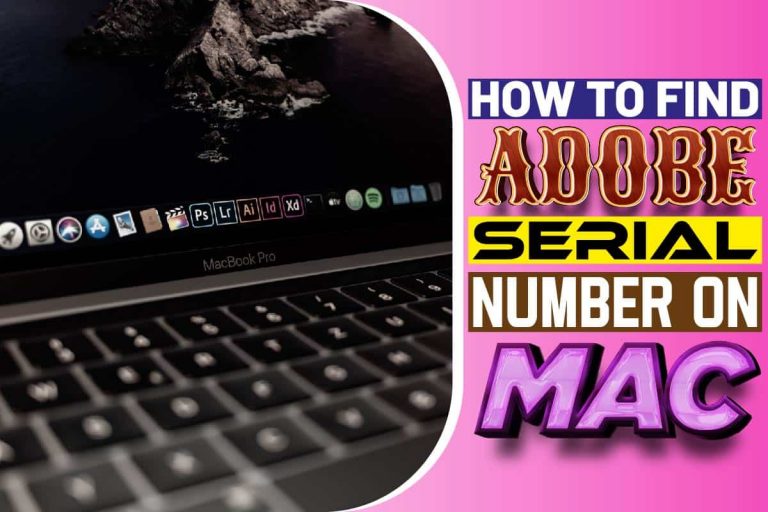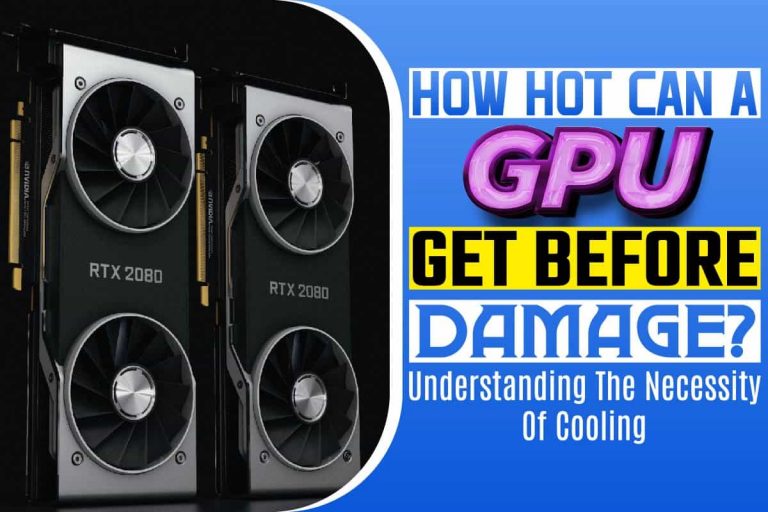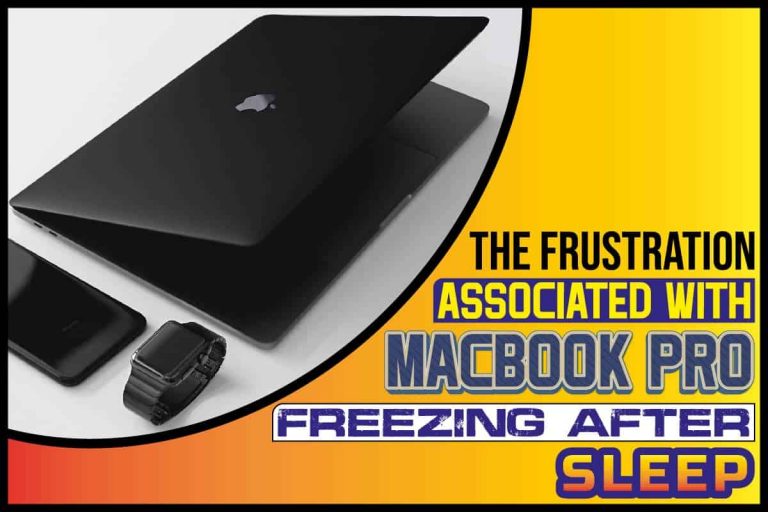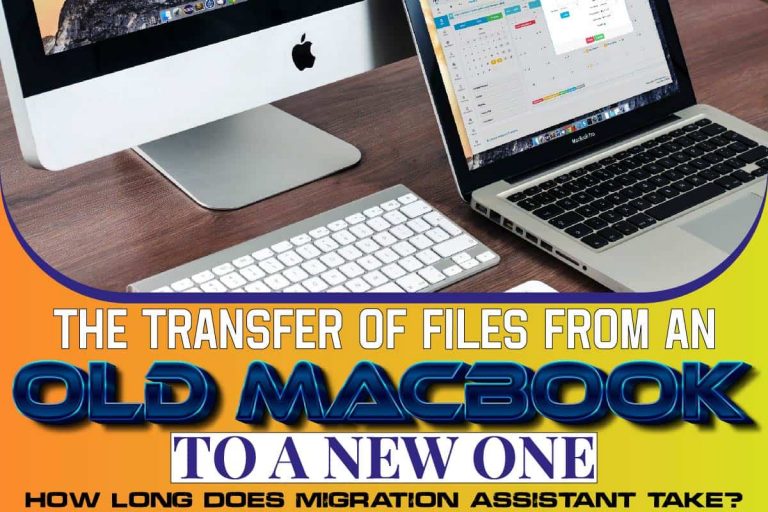Streaming is the best way to watch movies, music, and everything you want from the internet. When talking about streaming, Roku will be among the platforms that come to your mind first. Roku TV has always had good programming, and it only got better with streaming.
Since 2012, users have used data and Wi-Fi connectivity to stream high-resolution videos from Roku.
But how much data does Roku use? Will this viewing option put a strain on your data plan? Let us get into the details and give you an answer;
How Much Data Does Roku Use?
The data used will depend on your viewing quality. Higher resolutions like 4K will use much more data than options like 480p. If you stream 4K or 1080 HD on an unmetered network, Roku could easily use 6 or 7 GB each hour.
If you watch, say, 8 hours each day, you will have a total of about 1.6 Terabytes of data each month. You need to limit some settings to make sure your Roku does not use too much data.
How To Control Data Used By Roku
Everyone is now shifting to streaming platforms, and they work amazingly well. You might, however, get some issues like buffering or the internet connection in your house slowing down. This is a somewhat common issue with Roku users.
You need to reduce the internet usage on your Roku. This will help speed up any other devices that use your Wi-Fi, and it will save you some cash in data usage.
Streaming HD content on an unmetered Wi-Fi connection could prove to be costly to you. To do this, you need to press a series of keys on your Roku remote.
Focus on the home button, fast forward button, and the reverse button. You need to as quickly as possible press the home button five times, press the reverse button thrice then press the fast forward button twice.
If you are slow while doing this, it will not take you to the right menu. The key combination should bring you to the Bitrate override screen.
If it takes you to a different screen, go back and try the keys again. You will see that the stream rate is set to automatic.
This means that your Roku works per your Wi-Fi’s speed. If the signal slows down or speeds up, the system will adjust with it. You need to scroll down and select the option for manual selection.
A window will come up with a series of stream rates in Mbps. The signal strength and Wi-Fi properties change depending on the internet service provider.
You, therefore, need to get the lowest possible stream rate that can work for your viewing. Select a low rate, then go back to your channels and look at a streaming option you often use.
If the video quality is good enough for you, you can leave it, and it will cut down on internet usage.
If the quality is not good enough, do the process again and choose the next number. Keep going until you get the lowest stream rate that gives you the quality you want, and leave there.
This might reduce the quality, but it will save on data usage since the bit rate will be limited to stay as low as possible.
How Much Internet Speed Do I Need To Stream TV?
Streaming any form of data, video audio, or files is like a river; it can be a small stream or a large river and anything between. Larger streams generally have more speed and performance, but they cost you more money.
The small streams might be cost-efficient, but they could not be fast enough to stream high-quality pictures.
Your goal should be to get a service that can do what you need it to do without spending too much. So how much speed is enough?
This is important since ISPs might mislead you into believing that you need the most expensive connections to stream TV.
This is not true, but your plan should allow you to watch good-quality videos without any buffering.
The main reason to go to streaming is to avoid overpriced cable programming, so paying too much for a connection defeats the point. To get a steady HD stream, you require a network of at least 5Mbps per stream.
This means if you want to have two HD streams, you need to have 10Mps, which is the specific speed for Netflix streaming. You can use speeds lower than 5Mbps, but you would be risking quality and buffering.
For HULU, you can view a 720p stream with an internet speed of 3Mbps, 6Mbps for 1080HD, and 13Mbps for a 4K UD stream.
You notice that the resolution increases with the internet requirement. You can work with a speed anywhere near these figures, and you will be comfortable.
Fast speeds are necessary when streaming, but they are often overrated. If you want to stream 4K, then anything above 12Mbps will work well for you.
For 1080 HD and 720, get an internet speed of around 8Mbps, and you will enjoy your movies without a problem.
Are The New Roku Streamers Good?
These days most people are disconnecting cables and moving to streaming as their primary entertainment source. This is a good choice, and more companies are coming into the streaming market.
One of the most known streaming companies is Roku. Roku has made a mark in the streaming industry, and they are now making TV Operating systems as well. They have launched several streaming devices that you need to know about, so let’s get into it;
There are several devices to choose from: the Roku streaming stick, Roku Premiere, Roku express, etc.
They have some differences, but they are mostly similar; they are all external streaming devices that let you access TV content by connecting to your Wi-Fi.
Each device will come with a remote. The remote is simple, and it will help you navigate through the various streaming options you have.
You can also use your smartphone by downloading the Roku remote app and installing it on your phone.
With the remote app, you can use Roku’s private listening option. This feature allows you to direct the audio into headphones for a more personal movie session.
It works through the pho0one, so you have to connect the headphones to your phone. The setup process is the same for all Roku streaming devices, and it is easy.
You could give it to a child, and they would be able to use it comfortably. All you need to do is plug it in, connect it to your Wi-Fi, and start streaming.
The Roku Streaming stick is the fastest of the series. If you have a good Wi-Fi signal, you will not experience any buffering lag regardless of the device you use. Roku has kept a consistency when it comes to giving their users high speed. However, if you are traveling to a different country you may encounter some throttling problems that will limit your speed. If you want the best VPN for Roku, visit Earthweb.
The performance of these devices depends on your viewing devices. If you buy a 4K Roku stick and a 1080 HD TV, you will get 1080 HD pictures.
The best thing is to buy high-resolution devices that can take maximum advantage of Roku’s quality streams.
Roku Express is the cheapest option for you, but it is limited to HDTV. It is an entry-level option, and it will be best for those using older TVs that don’t support 4K. If you have a 4K TV, you might want to get a Roku Premier.
The Roku premier can stream 4K and HDR, and you must have a 4K TV for this device to work correctly.
It comes with an HDMI cable that supports 4K, so you can connect it to your TV without spending more money.
The Roku streaming stick is the latest, smallest, and fastest of the products. This stick can handle faster Wi-Fi signals for a higher 4K resolution.
It is thumb-sized and has an HDMI header so you can plug it into your TV like a thumb drive, and you are set.
Roku has all the major channels and apps you would use, including Netflix, Apple TV, YouTube, Amazon Prime, among others.
You can get more options and versatility with Roku streaming than you would any cable network service, so it is worth the shift.
Conclusion
Roku uses a lot of data, especially when dealing with high-quality videos like 4K or 1080p. You need to ensure the Roku doesn’t hurt other electronics because it takes too much of the bandwidth.
You can meter the data usage on your router to limit the Roku and also change some of its connectivity settings.
Roku is an amazing option for streaming, and it should give you all the services you would want from a TV.
There are several devices for you to choose from, depending on your need and budget. Get good internet and buy a Roku streaming stick to enjoy all your shows in one place at affordable prices.
You May Like These Articles As Well:
Do I Need An Antenna For Each TV? The TV Antenna Reception
Do You Need A Firestick For Each TV? Turning Your Standard TV Into A Smart TV










